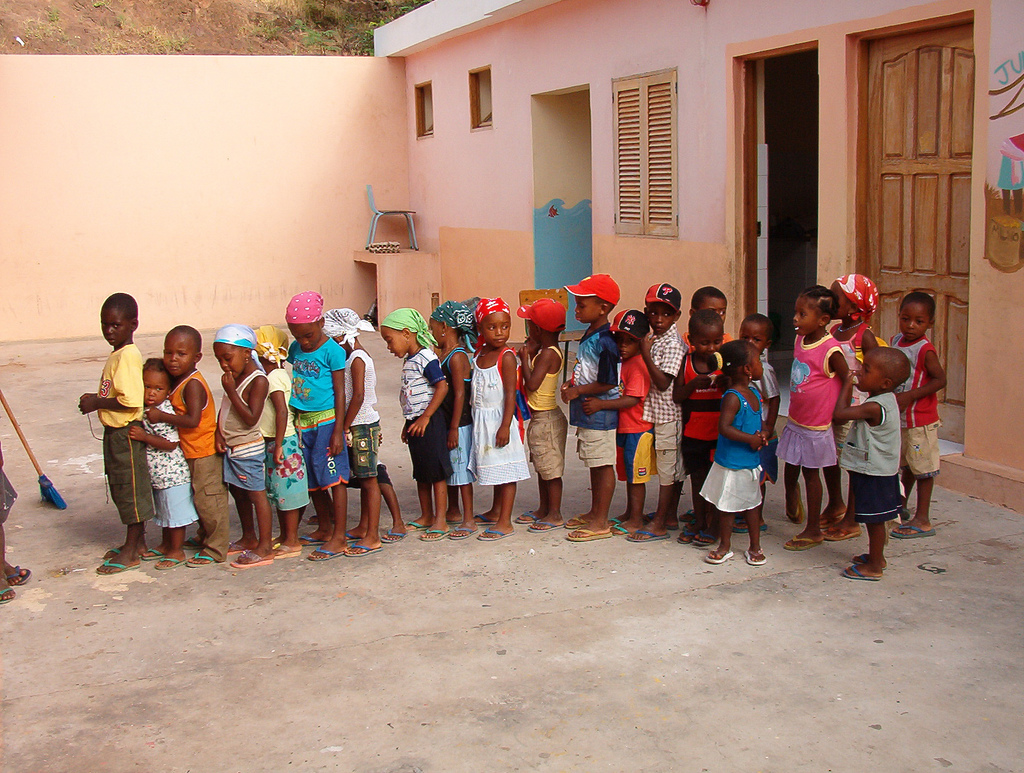 Ethiopia has been suffering from one of the largest cholera outbreaks in recorded history, starting in August 2022. With very limited access to the Oral Cholera Vaccine, and other factors such as very little access to clean water and sanitation, many of the Ethiopian population remain at high risk of contracting cholera. In March 2024, Ethiopia reported a total of 37,497 cholera cases and 524 deaths, while calling for increased funding in June 2023 to improve the response to the current outbreaks and to better prepare the country for any future outbreaks.
Ethiopia has been suffering from one of the largest cholera outbreaks in recorded history, starting in August 2022. With very limited access to the Oral Cholera Vaccine, and other factors such as very little access to clean water and sanitation, many of the Ethiopian population remain at high risk of contracting cholera. In March 2024, Ethiopia reported a total of 37,497 cholera cases and 524 deaths, while calling for increased funding in June 2023 to improve the response to the current outbreaks and to better prepare the country for any future outbreaks.
Factors Contributing to Outbreak
Although Ethiopia remains “one of the fastest growing economies” in Africa, the per capita GNI stands at only $1,020, making it one of the poorest countries in this region, leading to access to health care, especially hospitals and physicians, being insufficient to those living in rural areas
A 2022 study identified that several factors immediately made Ethiopian citizens more susceptible to cholera, including cholera cases being higher for patients in the age group of 15-44, having another patient within the family and their dehydration status. Considering that 58% of the population in Ethiopia is between 15 and 64 years old, many people are at high risk of contracting cholera due to their age alone.
EU Response to Cholera Outbreak in Ethiopia
In November 2023, the EU first allocated €1 million to help fund humanitarian responses to the cholera outbreak in Ethiopia. This funding went to a series of designated causes, including supporting existing humanitarian organizations with their responses to the outbreak through the distribution of health care supplies, training of staff to help treat those with cholera and improving access to safe water and sanitation.
This funding came in the aftermath of floods that affected more than 1 million citizens and caused a further 470 cases of cholera in Ethiopia. However, in January 2024, 234 districts within Ethiopia could control the spread of cholera, with calls to aim responses towards improving sanitation to prevent open defecation and increasing access to clean water would provide a significant contribution to the prevention of cholera.
Cholera Treatment Centers
In February 2024, the World Health Organization (WHO) helped with construction of 17 standard cholera treatment centres (CTCs) to help combat the cholera outbreak in Ethiopia. These centers are open and operating 24/7, to improve access to health care and the quality of treatment received, especially in more remote areas of Ethiopia where access to specialist cholera treatment is incredibly limited. The centers have handwashing facilities, baths and showers, all with access to clean water.
Each CTC has 718 beds, providing significant medical access to a larger proportion of the population. This scheme ensures efficient triage and treatment of cholera patients, which is crucial to save lives and help control the cholera outbreak in Ethiopia better.
In conclusion, EU and WHO solutions have been able to make a lasting difference. There will hopefully be further investment into health care facilities that could improve their quality and overall access to people. With the steady improvement of treatment across the country, the cholera outbreak in Ethiopia will likely become more controlled.
– Freyja Stone
Freyja is based in Manchester, UK and focuses on Global Health and Politics for The Borgen Project.
Photo: Flickr
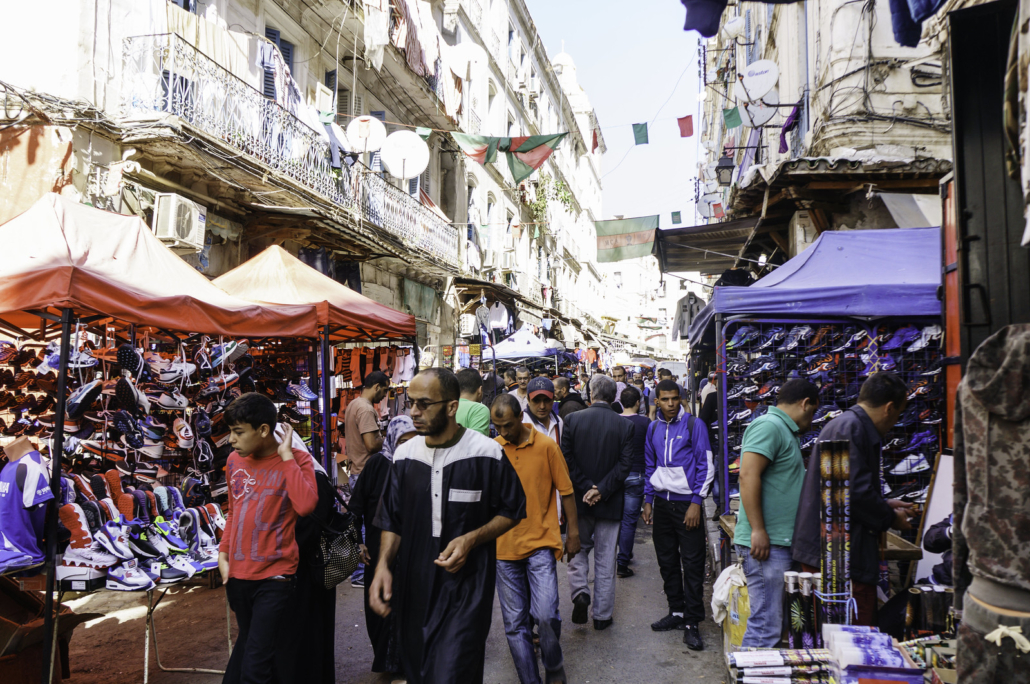
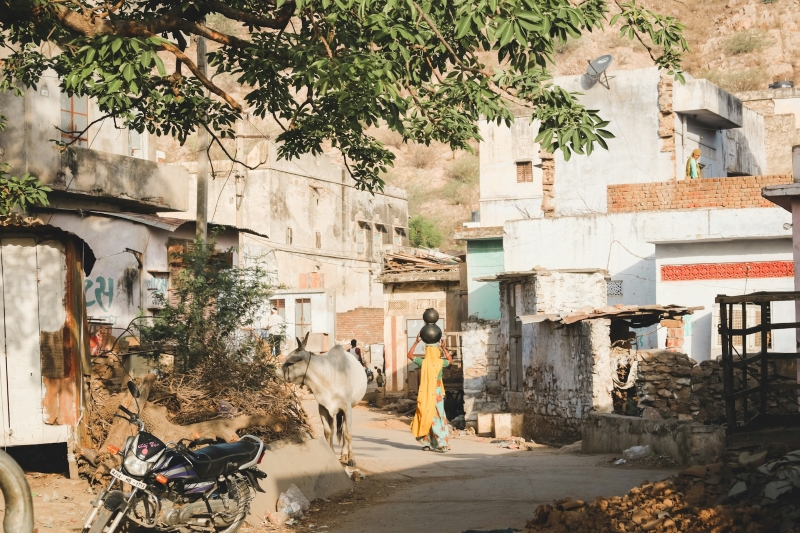 Rajasthan, situated in Northwestern India, is
Rajasthan, situated in Northwestern India, is 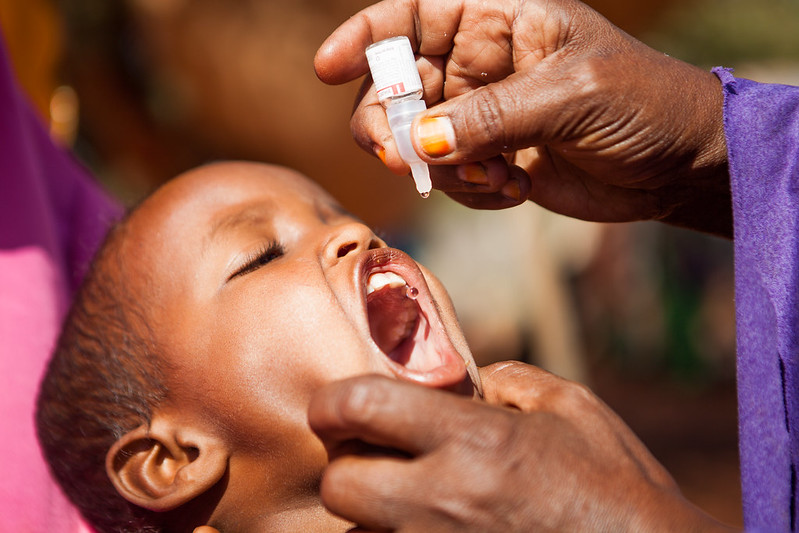
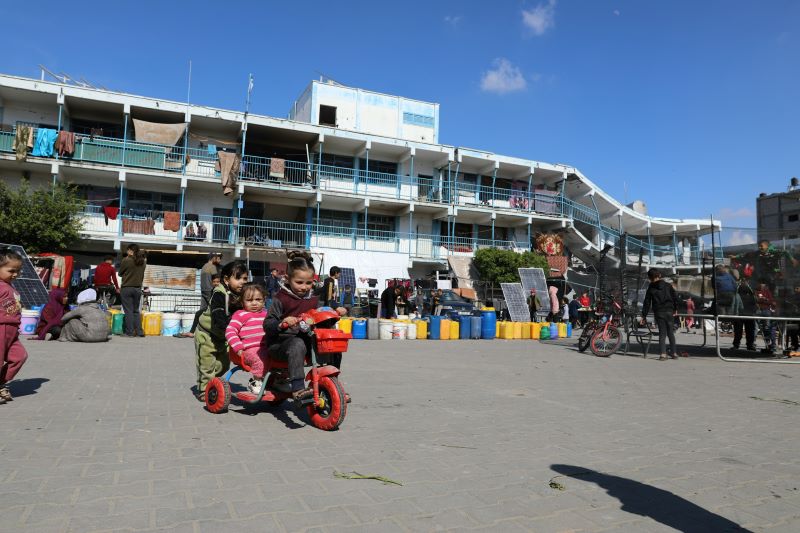 After 25 years,
After 25 years, 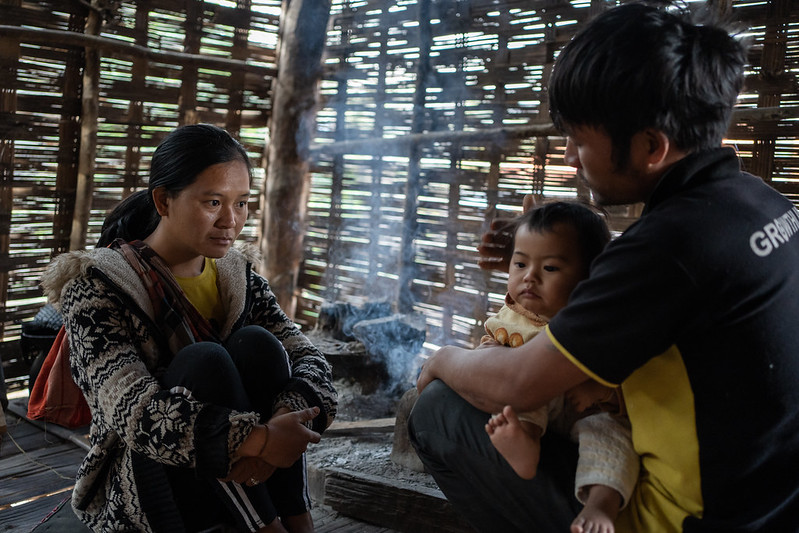
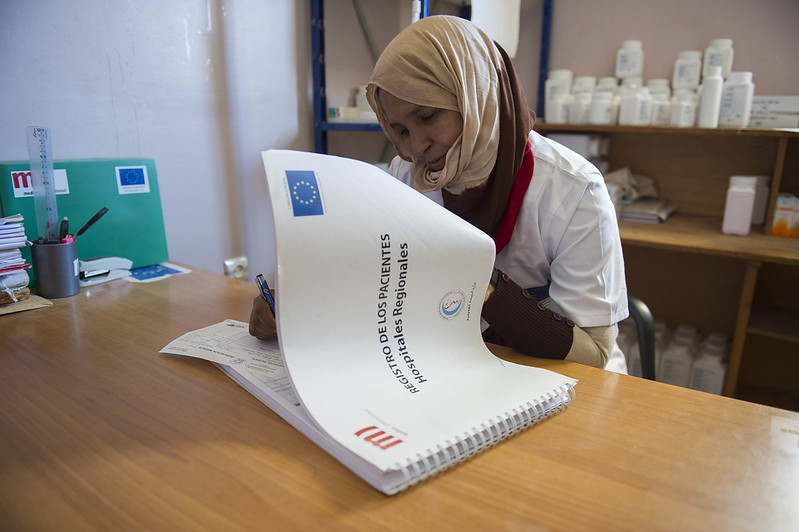
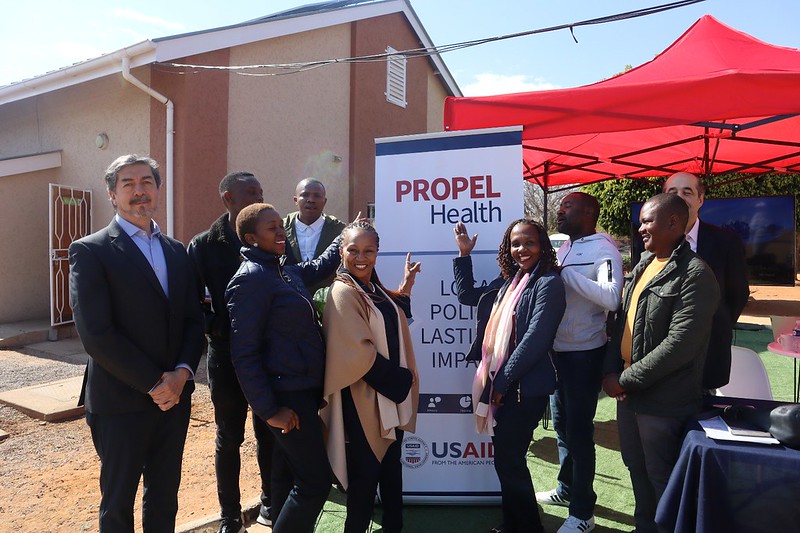
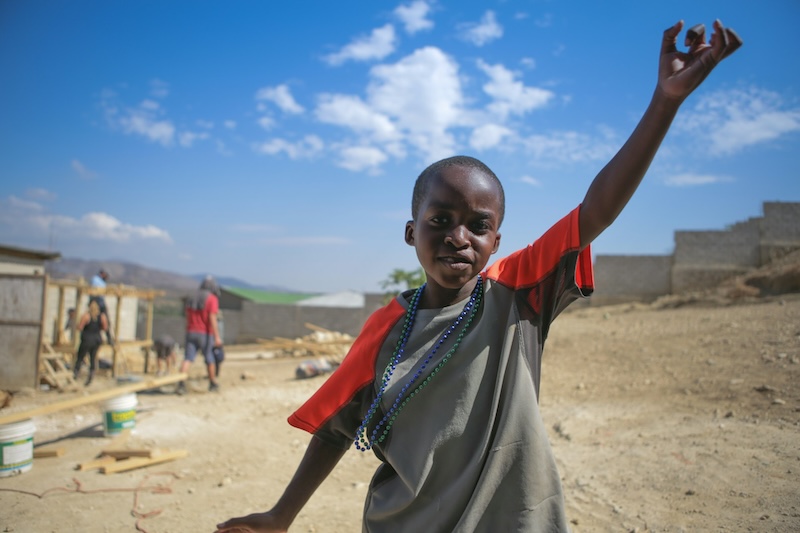 September 2024 marks
September 2024 marks 